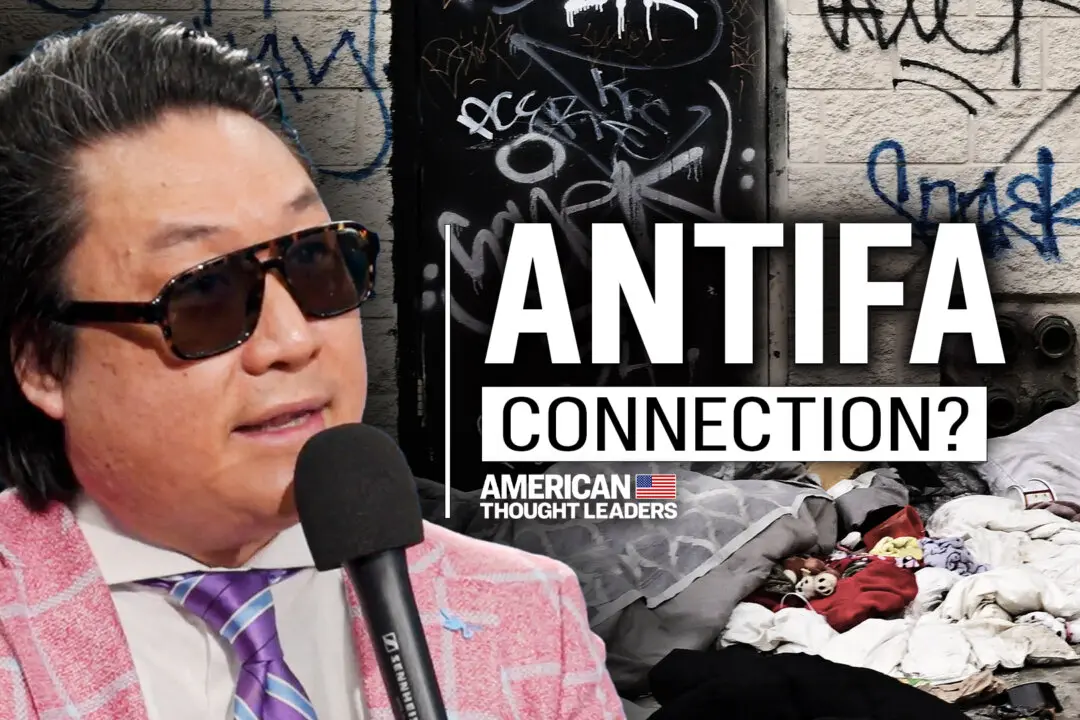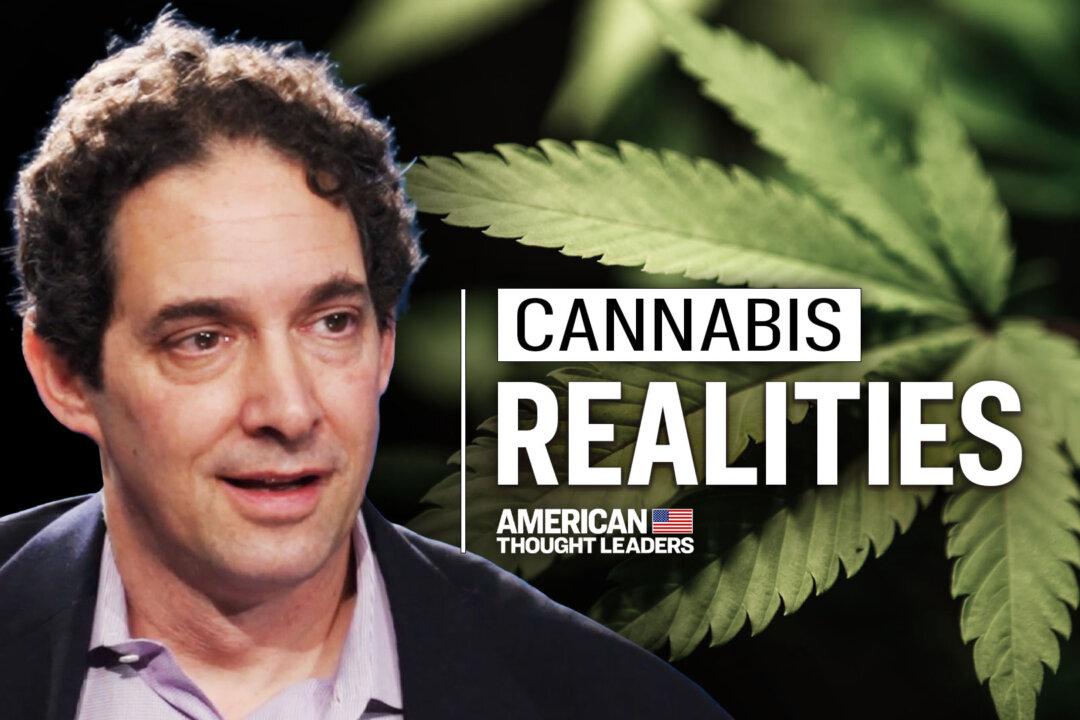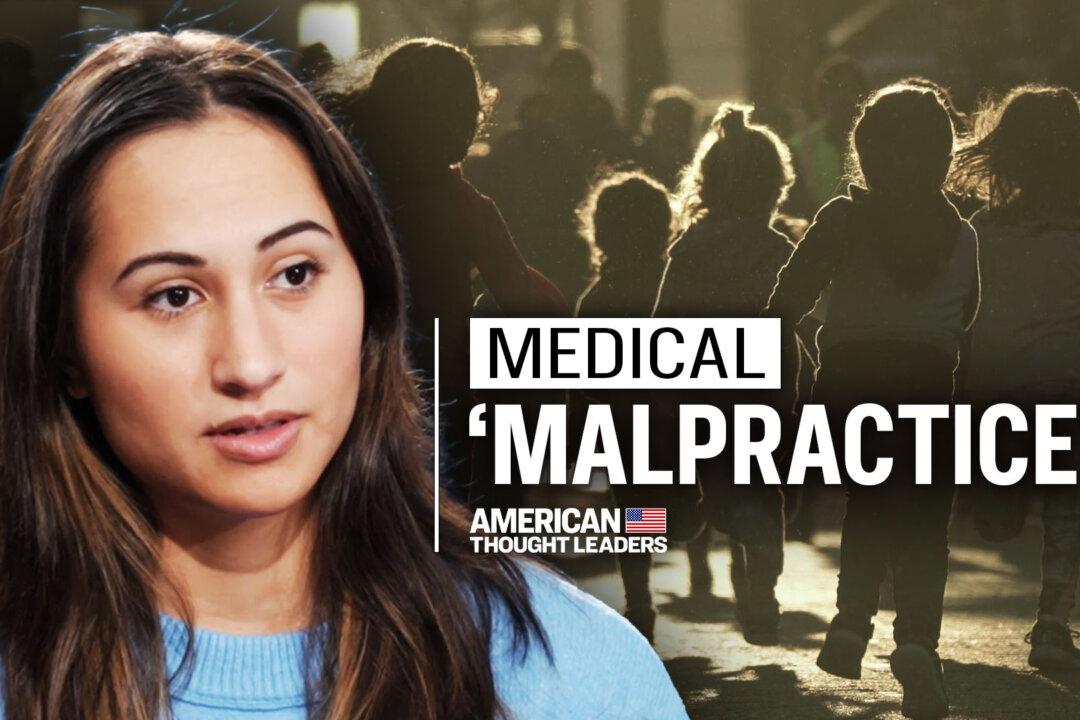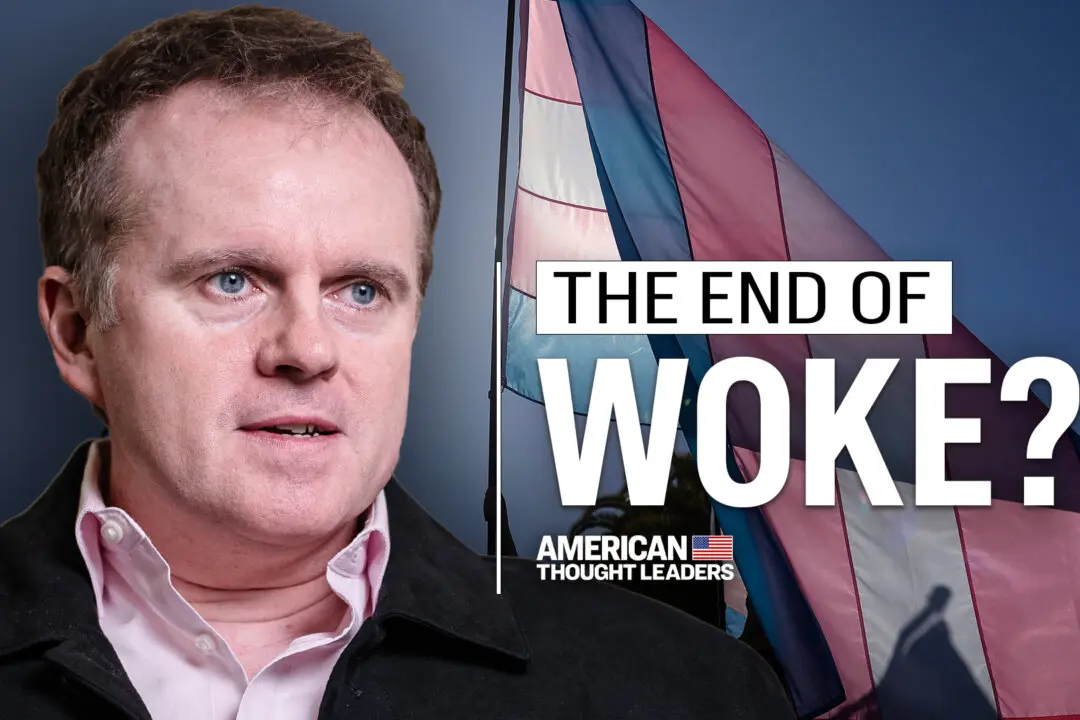The following is adapted from a speech delivered by Epoch Times senior editor Jan Jekielek at the “Academia’s COVID Failures” symposium at the University of Chicago on May 19, 2023.
Thank you for the wonderful introduction. I’m listening to these panels; it’s frankly hard to deal with how far we’ve fallen as a society.




